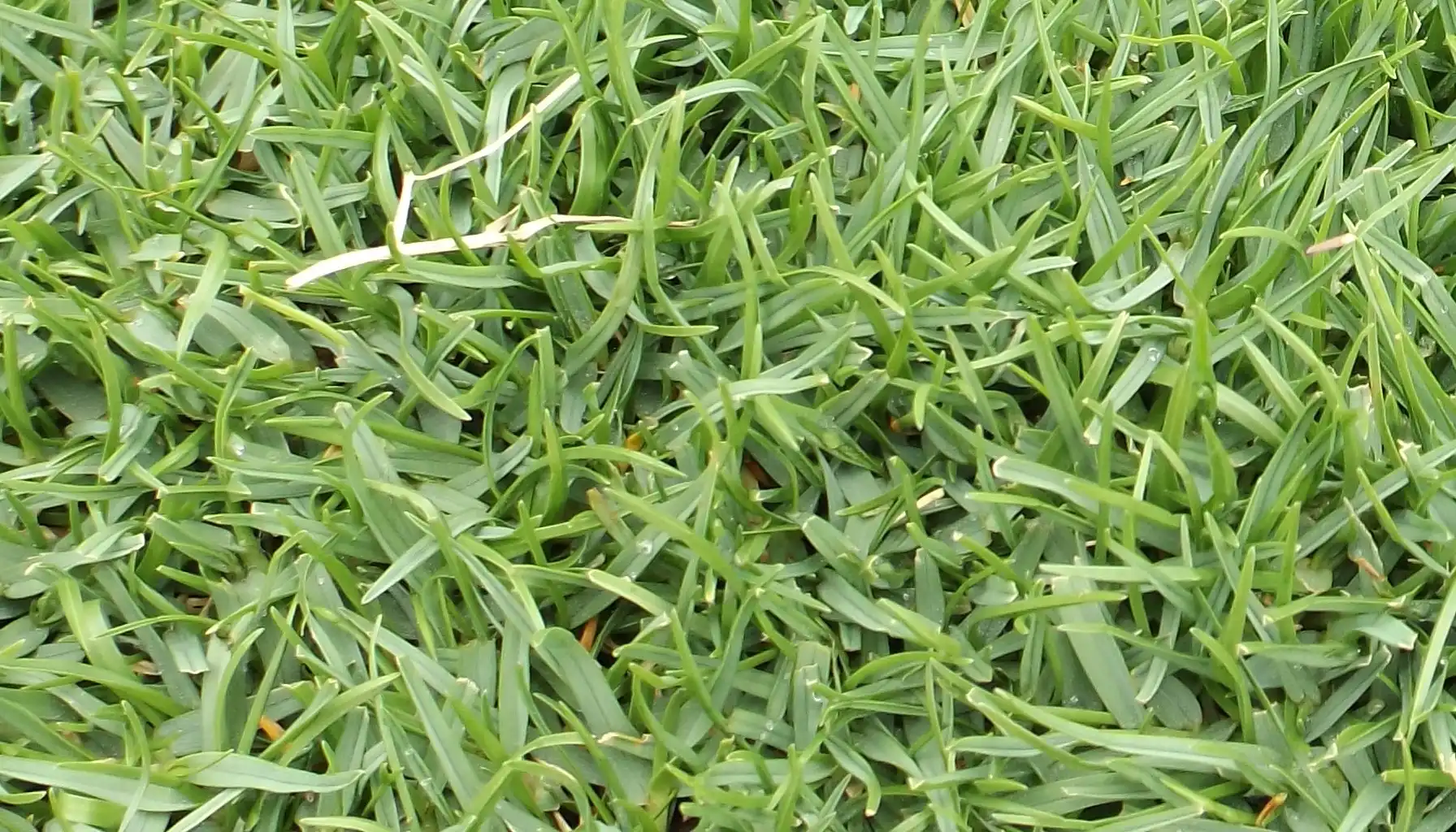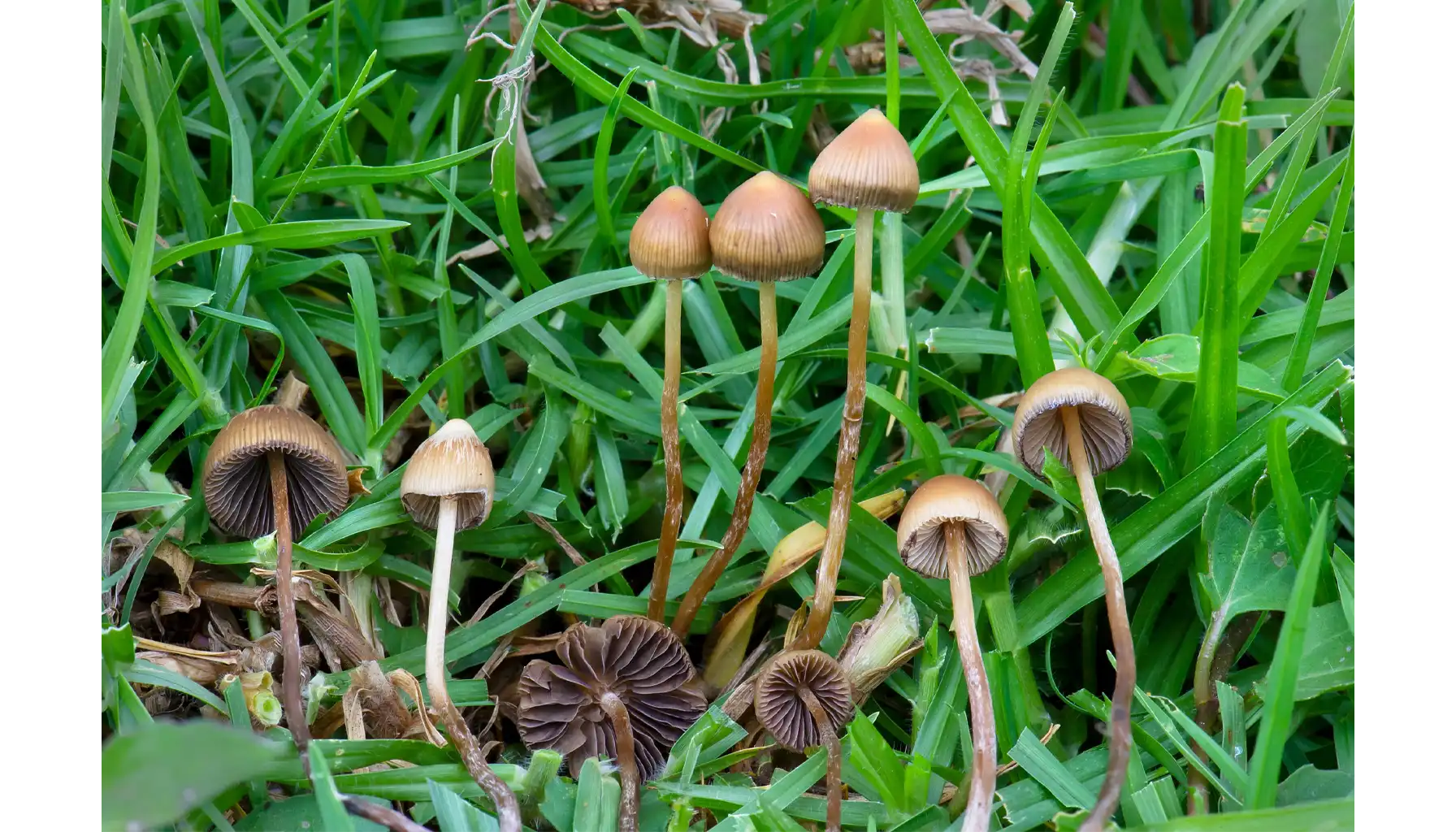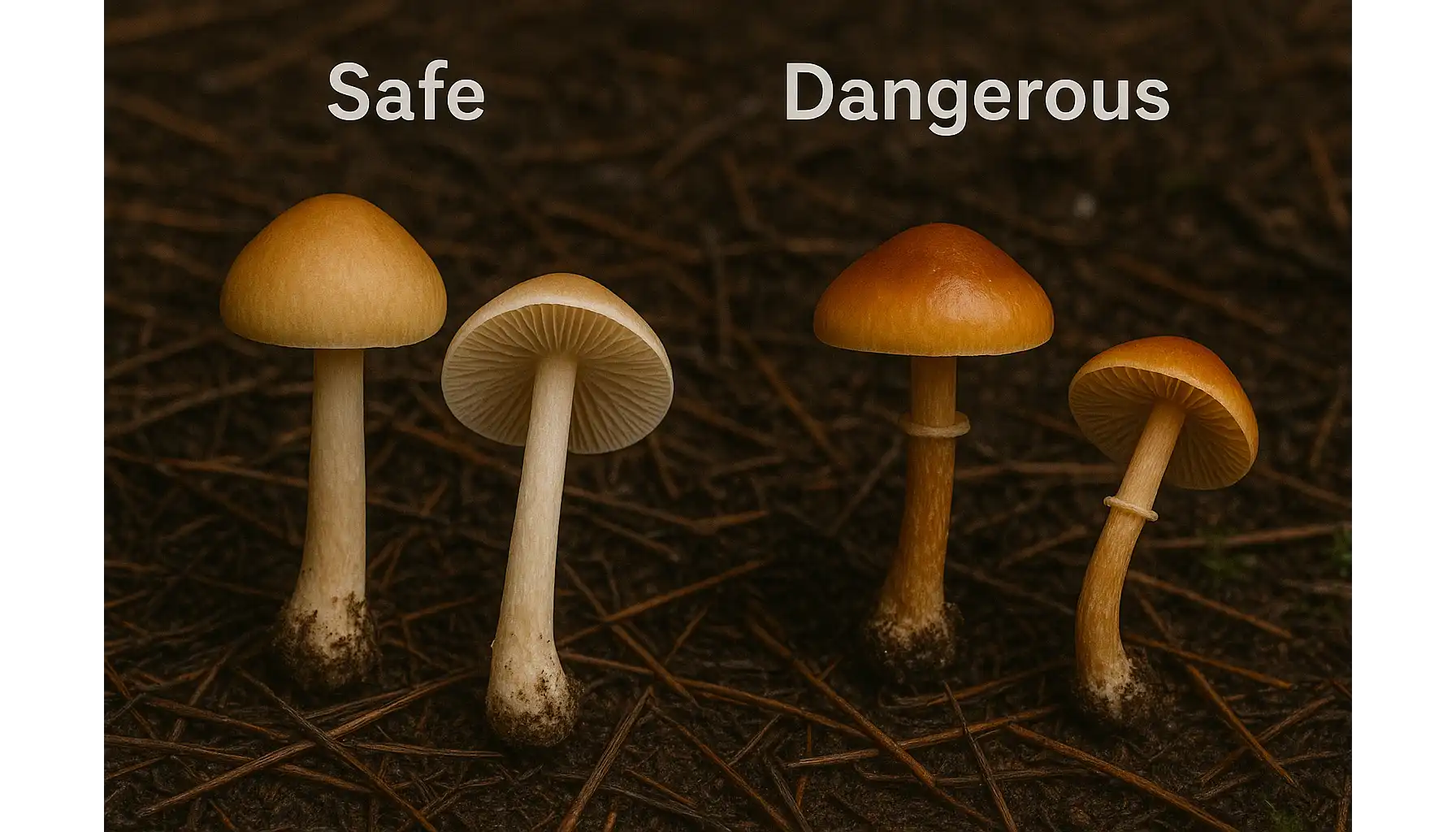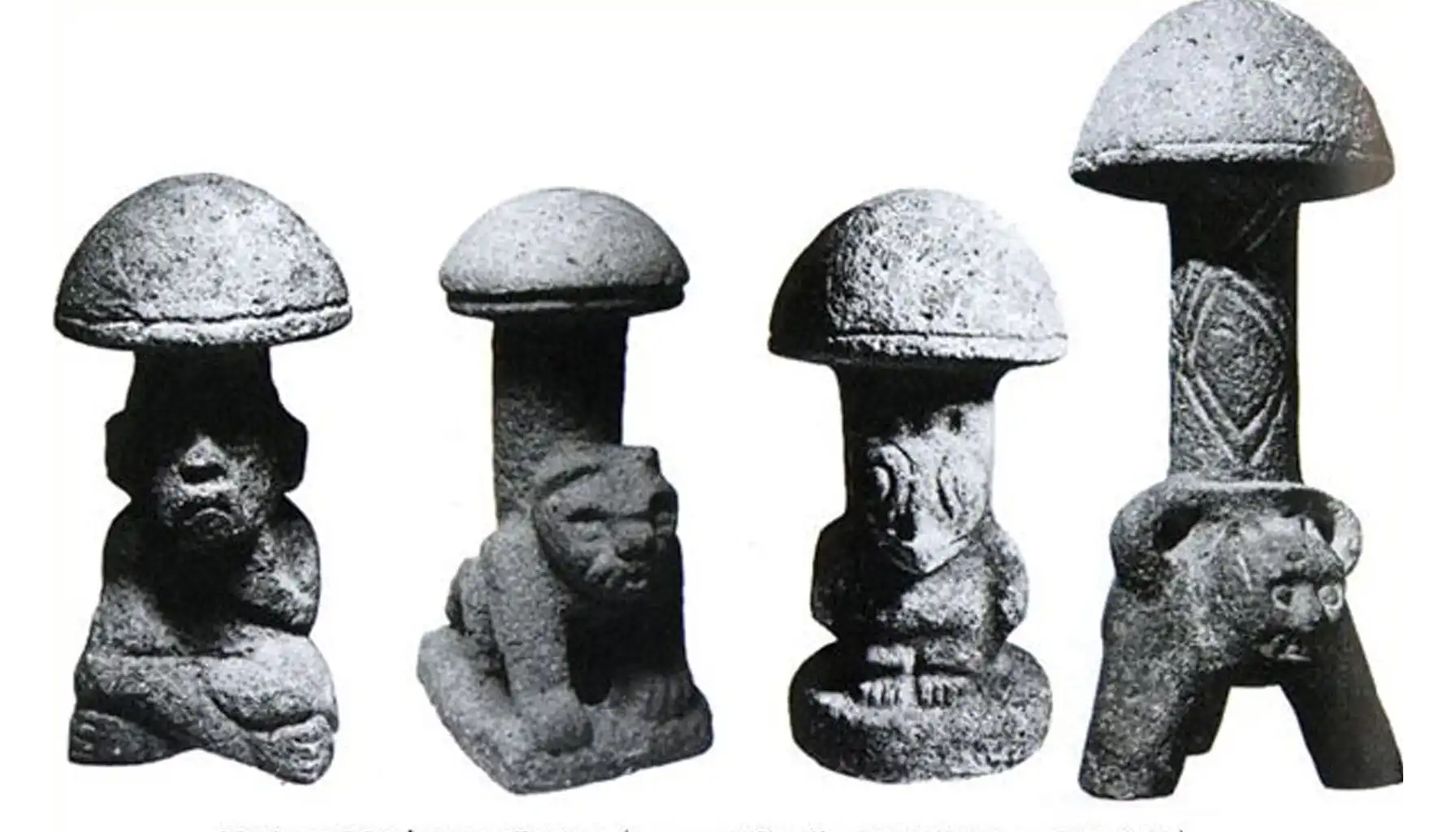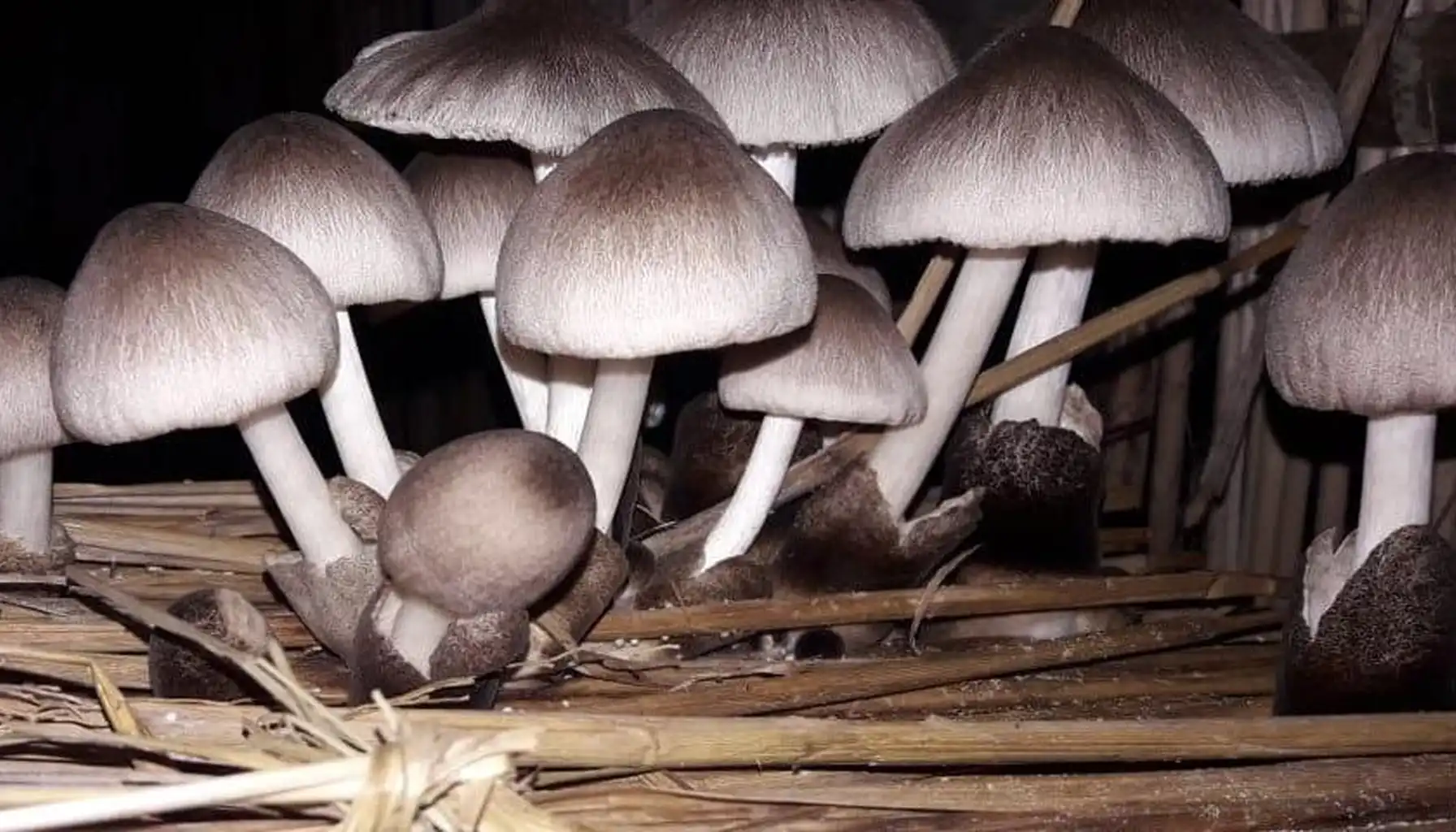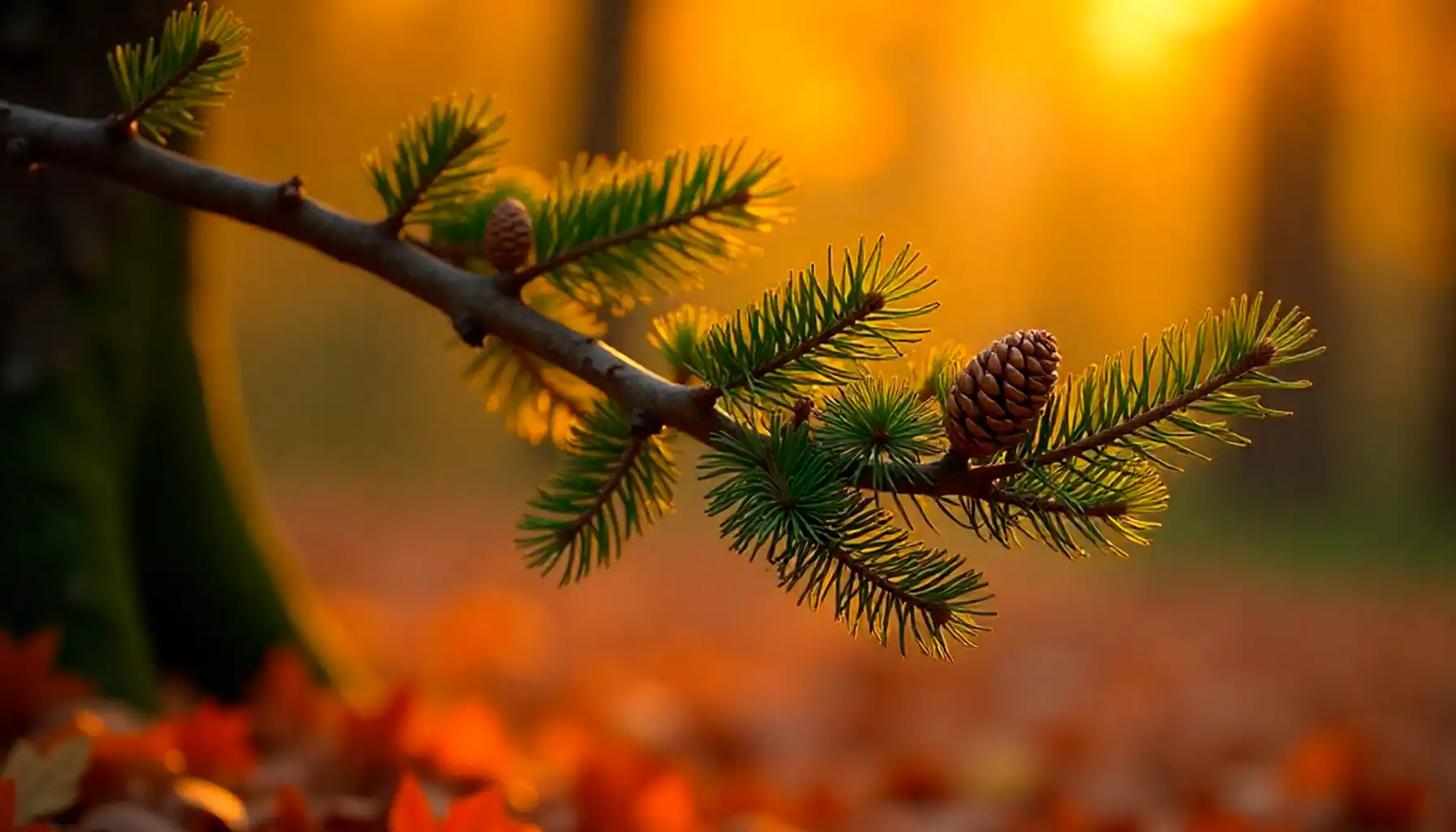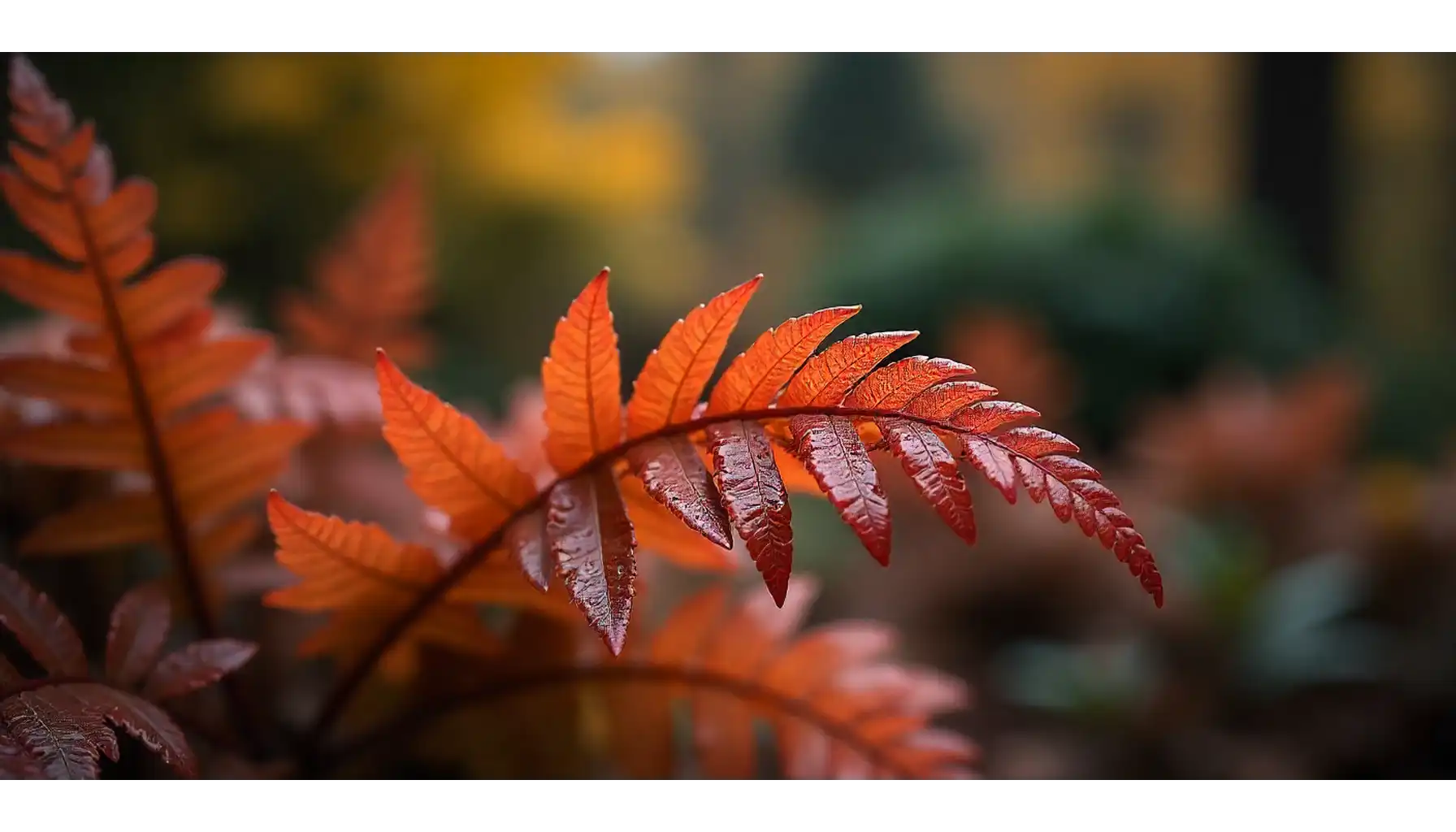These naturally occurring psychedelics have inspired spiritual journeys, have been involved in scientific discoveries, and today, are at the center of promising humanitarian and mental health research. Yet, with their growing popularity comes a persistent danger: misidentification. Toxic lookalikes can fool enthusiasts, turning a simple mistake into a life-threatening emergency.
Let’s explore the history, habitat, and key features of these fantastic organisms. At the same time, we will observe dangerous, closely related species and see when to use AI plant lookup and when consulting a mycologist is crucial.
The Deep Roots of Mushroom Psilocybin Use
Psilocybin Mushroom Culture in Ancient Spiritual Practices
Long before the term "psychedelic" was coined, humans were experimenting with mind-altering fungi. Archaeological evidence from Africa, Central America, and Southeast Asia suggests psilocybin mushroom types were used as far back as 1000 BCE. The Aztecs revered them as “teonanácatl,” or “flesh of the gods,” integrating them into religious rites that aimed to connect with divine forces, heal spiritual wounds, or guide tribal decisions.
Suppression, Secrecy, and Scientific Rediscovery
The arrival of Spanish colonizers in the Americas in the 16th century marked a turning point. Indigenous mushroom rituals were often suppressed or demonized as heretical. Despite this, traditional usage persisted underground, especially among Mazatec healers in Mexico, who maintained their spiritual practices in secret.
It wasn’t until the 1950s that psilocybin mushroom varieties re-emerged into public consciousness in the West. American banker R. Gordon Wasson famously participated in a Mazatec ceremony and wrote about psilocybin mushroom benefits in Life magazine. This led to the isolation of psilocybin mushroom spores by Swiss chemist Albert Hofmann (also known for discovering LSD), which sparked new interest in psychedelic compounds among researchers.
How are mushrooms built in general, and what is the hymenium? Learn from our detailed guide on fungi.
Modern Application of Psilocybin Mushroom Therapy in Mental Health
Fast forward to today, and psilocybin mushroom names are no longer just a cultural relic—it’s a subject of intense scientific interest. Clinical studies now explore psilocybin mushroom effects on:
Treatment-resistant depression
PTSD and anxiety disorders
Addiction and end-of-life psychological distress
Thanks to current experiments at Imperial College London, Johns Hopkins, and other institutions, we now know much more about psilocybin mushroom strains and their effects. The current frontier scientists explore is how the psilocybin mushroom representative species, can create lasting changes in brain function and how this can be used in mental health therapy.
Besides scientific explorations, enthusiasts are now experimenting too with the fungi they find outdoors. However, you should always remember that the wrong psilocybin mushroom dosage or a mistake in species ID can lead to fatal consequences. Keep reading to know more about dangerous lookalikes and how to detect them.
Greet other incredible creatures — morel mushrooms! Learn more about their culinary usage and habitat.
One Wrong ID Could Be Fatal
Despite their therapeutic potential, psilocybin mushroom seeds and grown fungi are dangerously similar in appearance to toxic species. Many deadly fungi species mimic the color, size, and growing environment of psilocybin mushroom edibles. Without careful identification, the consequences of confusion can be severe—or even fatal.
What Does a Psilocybin Mushroom Look Like? Key Identification Features
Before exploring lookalikes, it’s important to understand the core traits of common species from a psilocybin mushroom identification book, such as Psilocybe cubensis or Psilocybe semilanceata.
Feature | Typical Characteristics |
Cap | Golden-brown, often conical or bell-shaped when young |
Gills | Dark purple to black, closely spaced |
Stem | Thin, hollow, whitish with blue bruising when handled |
Spore Print | Dark purple to black |
Habitat | Grassy fields, near manure, decaying organic matter |
These features may seem distinct, but similar traits are shared by several toxic mushrooms. Identification becomes especially risky in early growth stages or when caps are weather-damaged.
Common Toxic Lookalikes (and Why They're Dangerous)
Let’s break down some of the most notorious imposters that you can detect with a psilocybin mushroom identifier. They have nothing in common with psilocybin mushroom side effects, and can be deadly dangerous even in small doses.
1. Galerina Species
Danger: Contains amatoxins, which destroy liver cells
Lookalike Traits: Brown cap, white stem, rusty-brown spores
Red Flags: Grows on wood or mossy ground, no blue bruising
2. Amanita Phalloides (Death Cap)
Danger: Often fatal even in small doses
Lookalike Traits: Pale cap, white gills, smooth stem
Red Flags: Bulbous base, universal veil remnants, white spore print
3. Amanita Muscaria (Fly Agaric)
Danger: Neurotoxic; causes delirium, seizures
Lookalike Traits: Bright red or yellow cap, white spots
Red Flags: Distinctive wart-covered cap, large bulbous stem base
4. Conocybe Filaris
Danger: Liver and kidney failure
Lookalike Traits: Thin brown stem, conical cap, grows in lawns
Red Flags: Rusty spore print, no blue bruising
5. Paddy Straw (Volvariella volvacea)
Danger: Edible in Asia, but often confused with deadly Amanita species
Lookalike Traits: Smooth grayish cap, white gills when young
Red Flags: Always verify spore color and stem base shape
The Role of AI Tools: What They Do Best
AI Plant Finder uses AI-powered image recognition to match photographs downloaded by you with a massive visual database to distinguish the most potent psilocybin mushroom from dangerous similarities. This means you can:
Instantly identify common mushroom types in your garden, backyard, or trails
Receive educational insights on a psilocybin mushroom grow kit, habitat, and species behavior
Compare lookalikes side-by-side to better understand visual distinctions
Access safety tips on how to handle unknown or potentially toxic species, what their visual traits are, what possible side effects they might have, etc.
The AI Plant Finder is especially useful for learning, photographing, and categorizing forest findings and your own backyard collection, whether you're a beginner hobbyist or a home grower experimenting with gourmet varieties or building a psilocybin mushroom dispensary.
Related article: Pre-hunting: Read This Before Searching for Chanterelles
Limitations of AI: Why It Shouldn’t Make Final Calls
Despite its power, AI has real limitations, especially with fungi:
Challenge | Why It’s a Problem |
Low-quality photos | Shadows, poor lighting, or damage can obscure key traits |
Similar morphology | Many toxic and edible mushrooms look nearly identical |
Lack of chemical data | AI can’t detect spore prints, bruising color changes, etc. |
No context or habitat reading | AI doesn’t account for growing conditions or soil type |
Even advanced mushroom apps sometimes struggle with lookalikes, especially those in the Amanita or Galerina genera. Accuracy rates often drop below 50% when faced with high-risk species.
That’s why photo ID tools should be seen as educational companions, not final verdicts. If you have even a slight doubt about what you’ve found, don’t risk; leave it be on its own.
Are you going to hunt for mushrooms? Choose the right time, safety rules, and clever tips for your next time.
When to Trust AI vs. Mycologists
Not every mushroom discovery requires expert analysis. In some cases, a high-quality AI app can be your first line of learning, for example, when you are wandering in a nearby forest. But for anything involving wild foraging, especially with unknown or psychoactive species, professional verification is non-negotiable.
Here’s a breakdown of when each is appropriate:
Scenario | AI Plant Finder | Mycologist |
Learning about fungi out of curiosity | ✔️ |
|
Identifying common garden mushrooms | ✔️ |
|
Identifying mushrooms for cultivation purposes | ✔️ |
|
Foraging for mushrooms for consumption |
| ✔️ |
Distinguishing toxic lookalikes |
| ✔️ |
Using spore prints, microscopes, or chemicals |
| ✔️ |
Confirming ID results from AI |
| ✔️ |
Key takeaway:
AI Plant Finder is excellent for education, photo-based recognition, early-stage exploration, gardening needs, and understanding the essential psilocybin mushroom kit. But your final authority should always be a human specialist when eating or handling mushrooms with psychoactive or toxic potential.
Smart Safety Rules for Mushroom Foraging
Whether you're walking a forest trail or browsing your backyard after rain, follow these essential safety guidelines before interacting with any wild mushroom:
Never consume a wild mushroom unless it’s been positively identified by an expert.
Always cross-reference AI app results with a physical field guide.
Learn and memorize the key traits of both psilocybin species and their toxic lookalikes.
Take clear photos from multiple angles—cap, gills, stem base, and surroundings.
Use spore prints to confirm identity when possible.
When in doubt, leave it out. No mushroom is worth risking your life for.
So, the next time you find a bright-looking or just seemingly unknown fungi out of your home, you know what to do. Use AI-based tools to learn more about fantastic creatures around you, stay safe, and be curious about new technologies.
Related AI Plant Finder Posts
